Farming Bluebonnets is Easy
How are we farming Bluebonnets?
In previous years, I’ve used a self-propelled mower to chop all the debris up, but it was really no match for these substantial plants. On top of that, I wanted to collect seed from this incredible year so we could offer it to a local gardening society for their plant sale. I knew that the plants generate a lot of seed. I wanted a more efficient solution.
Harvesting the Seed
By May, looking out the window at the expanse of dried bluebonnets and dreading the clean up, I remembered the scythe. A few YouTube videos later, I was convinced that not only was it a practical approach, it would actually reduce the labor. It would also leave the plants largely intact, so they could be “threshed” for the seed. The rest could be composted. It was starting to sound like a plan. Old-fashioned, but possible.
Putting it together wasn’t difficult, and the whole thing weighs just a couple of pounds. The razor-sharp blade is very thin. When in use, the swinging motion slices easily through the plant stalks. The motion — swinging the upper body from side-to-side while pivoting at the waist — is actually pleasant. Although it takes a little practice, when everything is working properly, it provides a gentle workout. Since the plants are cut at the base and not shredded, they are easily moved with a pitch fork. From the back yard alone, I moved about 2 cubic yards of plant material onto a large plastic tarp. With another tarp on top, the spent bluebonnets could dry in the Texas sun for a while.
Shredding the “hay”
I didn’t get back to the project until October. The tractor wasn’t working and the weather got hot so I had to wait. By late September, I had purchased a “new” tractor (but that’s another story!) and the weather had cooled. It was time to shred! By far, greasing the shredder and attaching it to the tractor took the most time. Actually shredding the couple of yards of bluebonnet “hay” took about an hour.
Bluebonnets expel their seed when the pods ripen and dry, so most of the viable seed had fallen onto the tarp. Swept-up into a wheel-barrow, it looked like about a gallon of mixed seed, dirt and debris. With another pile of “hay” in the greenhouse to shred, I will have a lot more seed and have to “winnow” it to remove the dirt and debris. A couple of different size screens will make sifting the seed out pretty easy. I expect to have a substantial yield for the local garden club. Not bad for the first real attempt at “farming” bluebonnets!
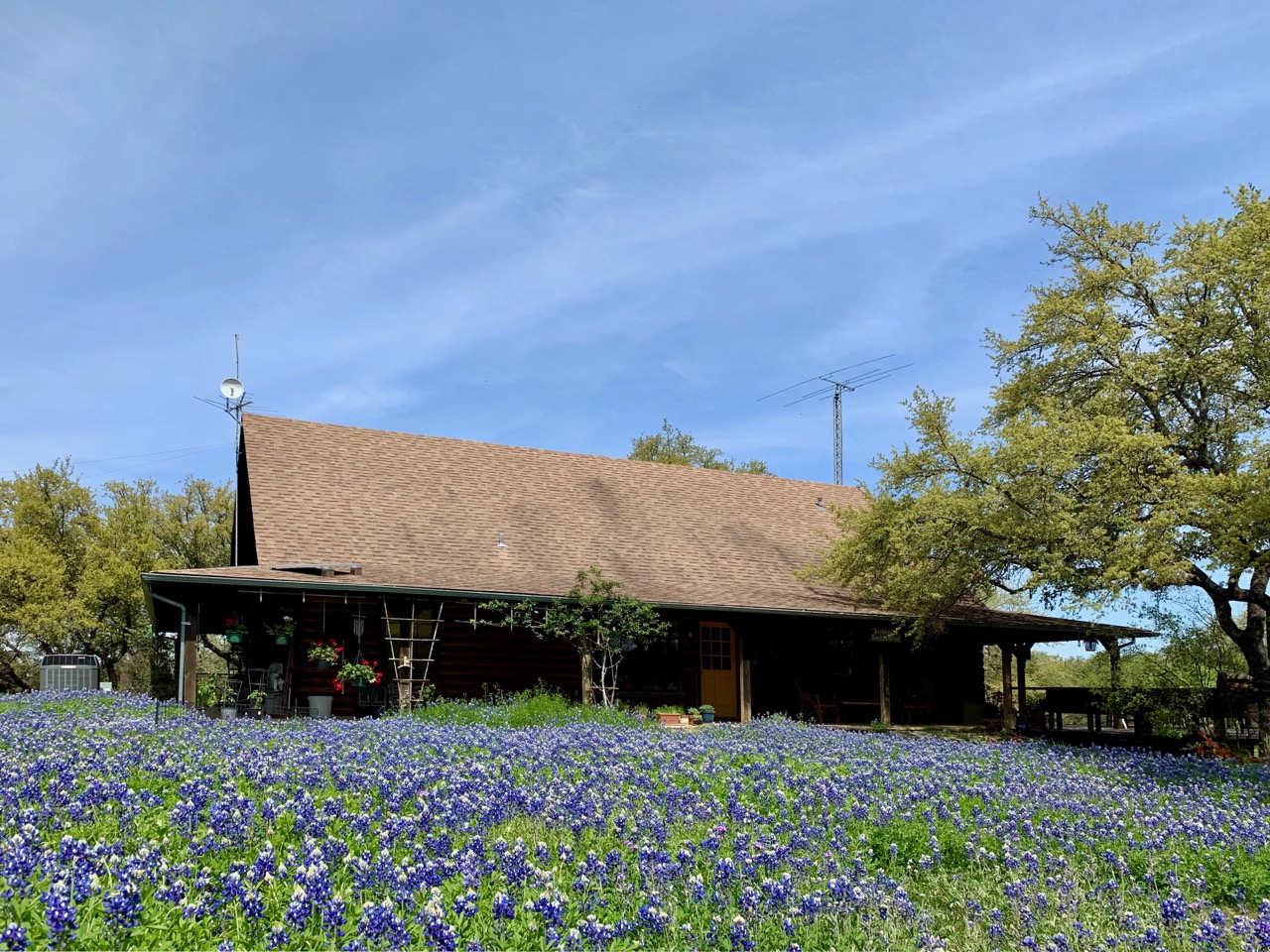



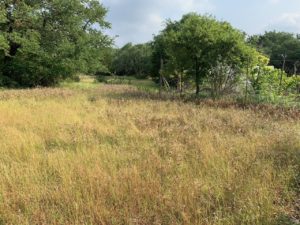
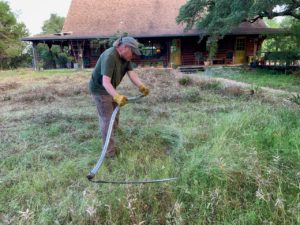
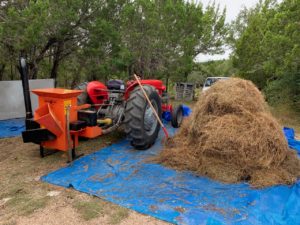
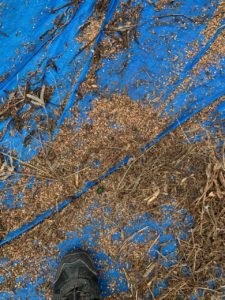
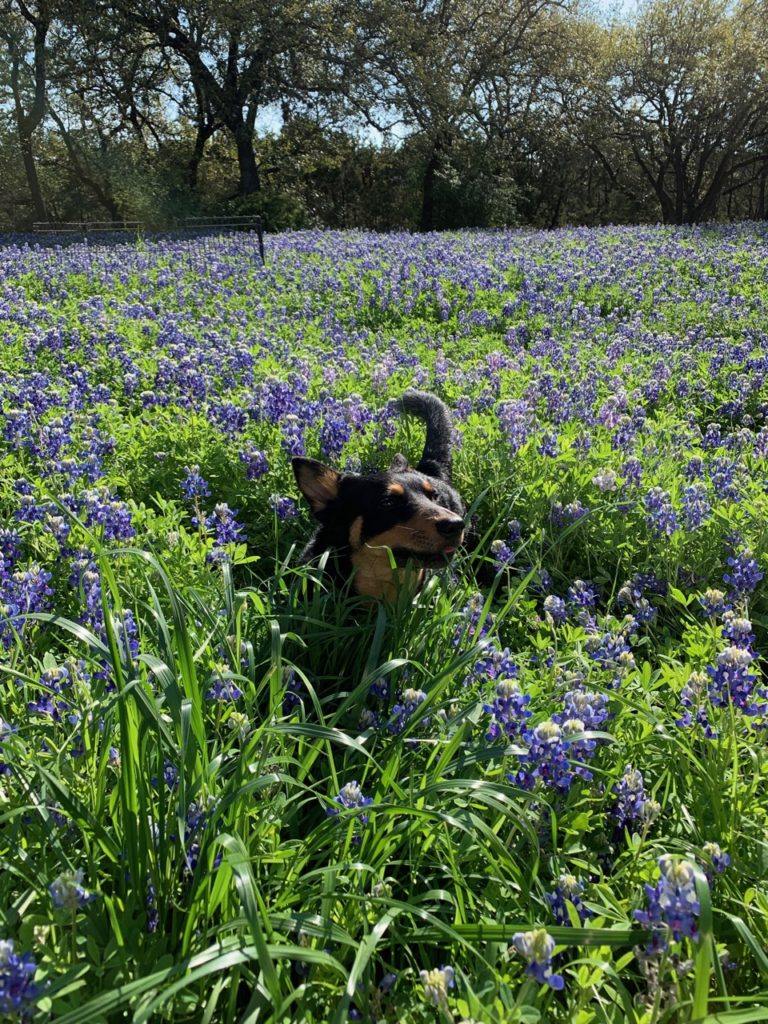
Pingback:Buying A Great Massey Ferguson 65 - Roy Creek Ranch